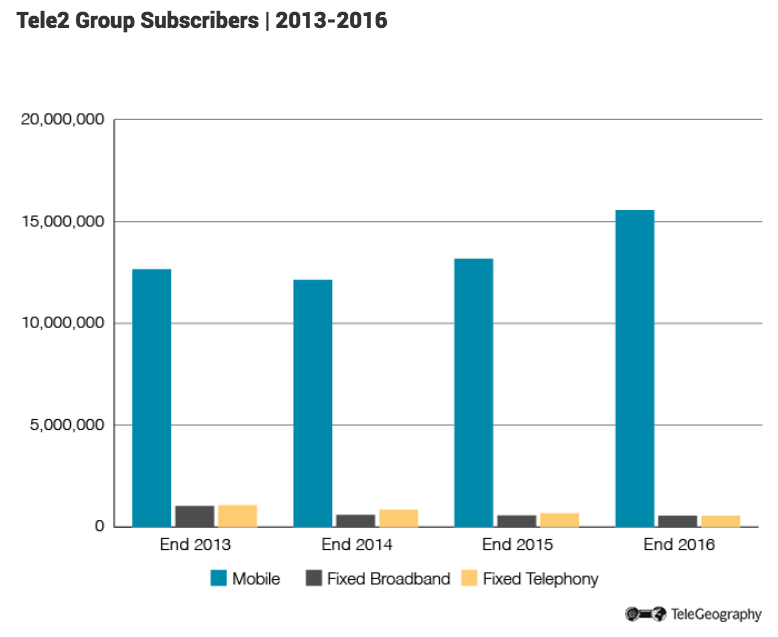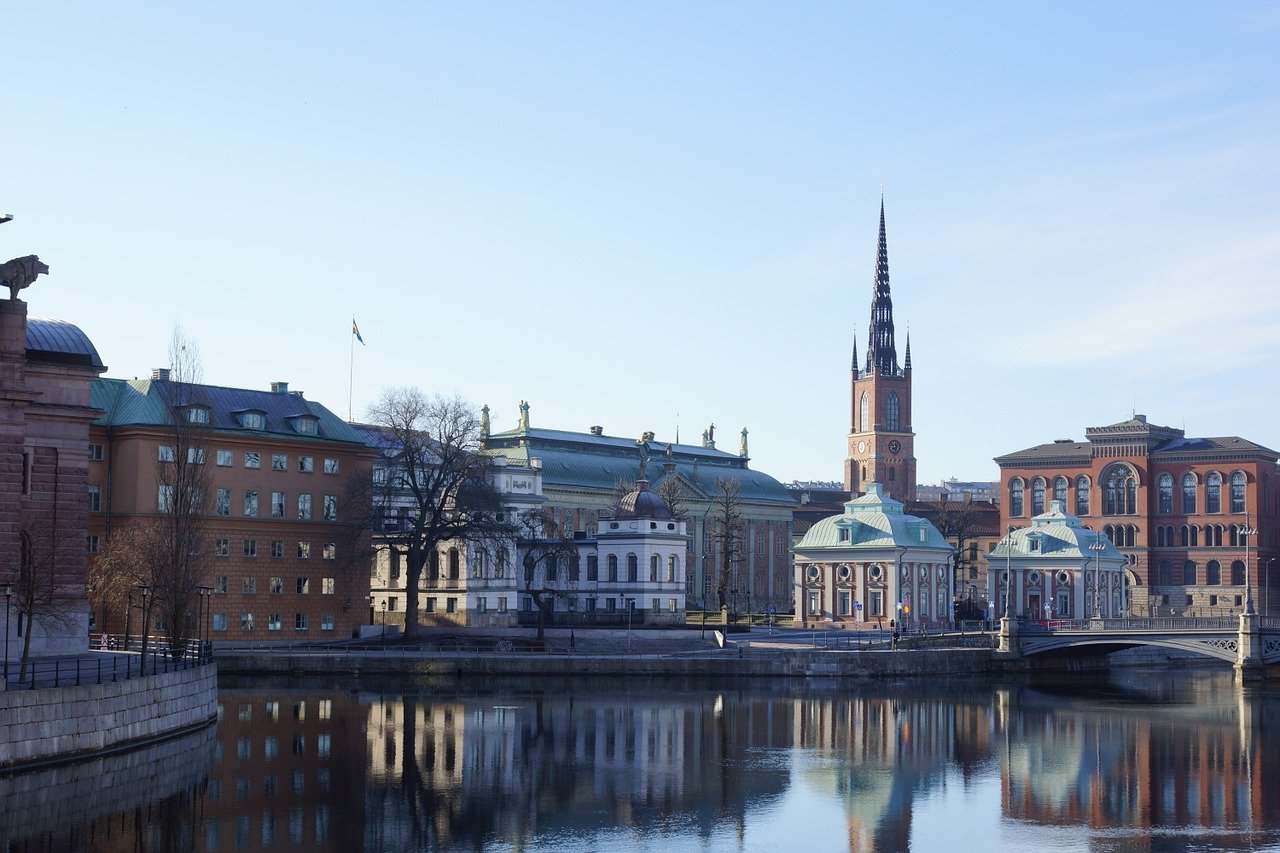Sweden-based mobile, broadband, and fixed-line group Tele2 has slimmed down its international operations in recent years, but it still has its eyes on growth.
Tele2 recently reported a 5 percent year-on-year increase in its revenues for full-year 2016, from SEK26.86 billion (USD3.2 billion) in 2015 to SEK28.29 billion last year. The increase was attributed to the group’s acquisitions of Altel in Kazakhstan and TDC Sweden in February and October 2016, respectively, as well as growing mobile data usage at its existing operations.
The operator posted a net loss of SEK2.164 billion in 2016, compared to a SEK1.268 billion net profit the year before. The decline is attributed to investments in a new 4G mobile network in the Netherlands and costs associated with the integration of Altel and TDC.
Downsizing
Prior to last year’s purchases, the firm had been downsizing its operations.
Tele2 was established in Sweden in 1993 as NetCom and was renamed in 2001. Having expanded beyond its domestic market, it subsequently followed a ruthless strategy of divesting underperforming assets to narrow its footprint from 21 countries in 2007 to just nine as of March 2017.
Over the past decade or so Tele2 has sold off operators in: Norway (2015); Russia (2013); France (2009); Switzerland, Poland, Luxembourg, Liechtenstein (2008); Denmark, Italy, Spain, Portugal, Hungary, Belgium (2007); Czech Republic (2006); and the UK and Finland (2005).
Tele2 is not alone among Scandinavian telcos in having built up a wide portfolio of overseas interests only to ultimately trim its operations. Telia of Sweden, Norwegian operator Telenor and TDC of Denmark have all followed similar paths.
Three Units
The group’s operations are now split into Sweden, the Netherlands, and Central Europe & Eurasia, which includes the Baltic states of Estonia, Latvia, and Lithuania, plus Germany, Austria, Croatia, and Kazakhstan.
Sweden, the Netherlands, and Kazakhstan are considered major markets for the group, bringing in more than three-quarters of total sales between them in the final three months of 2016.

All Tele2 units offer mobile services–some via MVNO agreements rather than as true mobile network operators–while fixed broadband/voice services are provided in Austria, Germany, the Netherlands, and Sweden.
The group’s consolidated subscription base at December 31, 2016, amounted to 16.67 million, up from 14.41 million a year earlier, including 15.56 million mobile subscribers (up from 13.17 million a year before), 551,000 fixed broadband customers (down from 569,000) and 550,000 fixed voice lines (down from 672,000).

Another string to the firm’s bow is its presence in the internet of things market. It is hoping to build up a sizable business thanks to partnerships with the likes of IBM, which was forged in May 2016, and several firms in the Benelux region, announced in September 2015.
Pete Bell
Pete Bell is a Senior Analyst for TeleGeography’s GlobalComms Database and also contributes to the daily CommsUpdate newsletter. He has a particular interest in wireless broadband and was responsible for TeleGeography’s 4G Research Service until it was integrated into GlobalComms.


